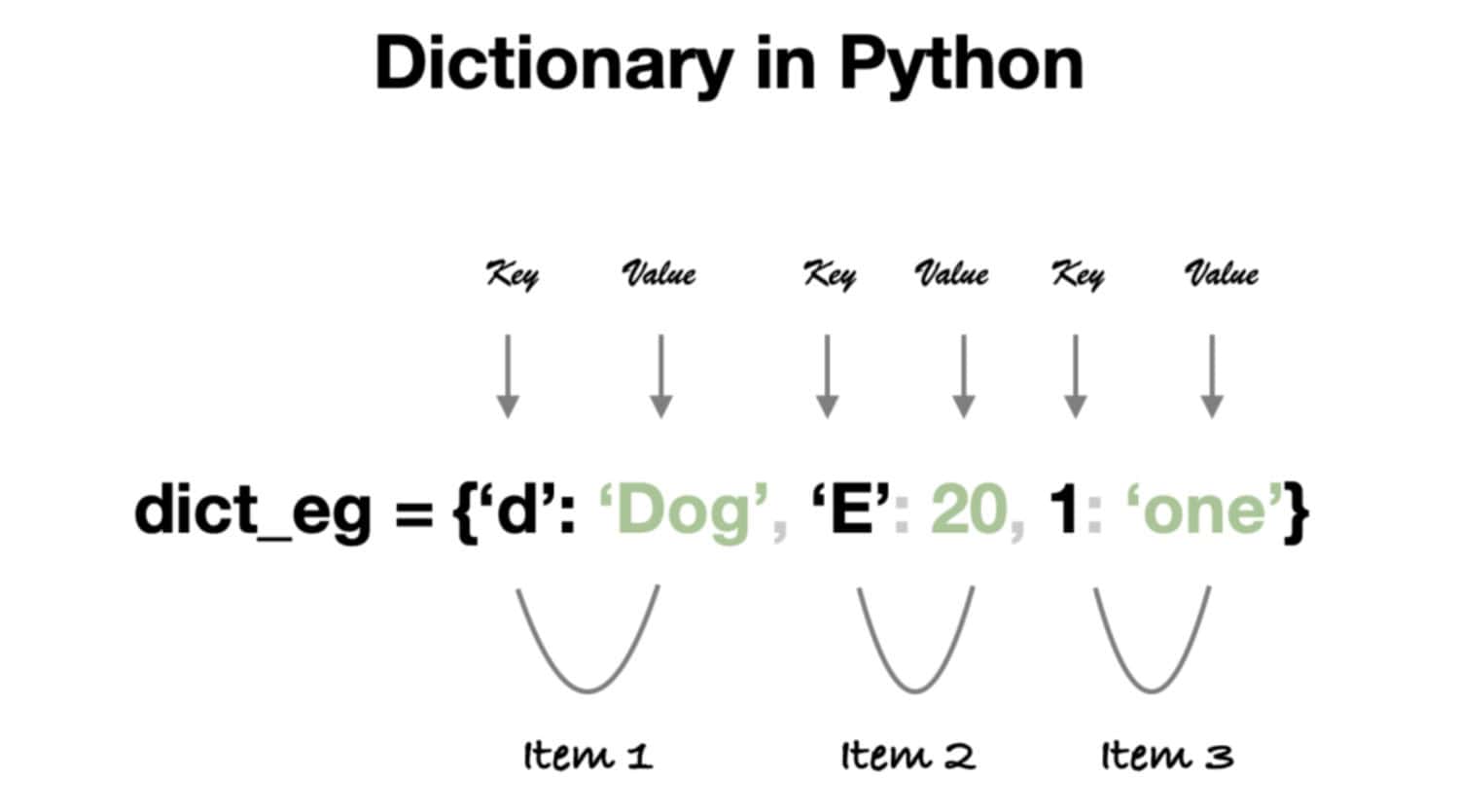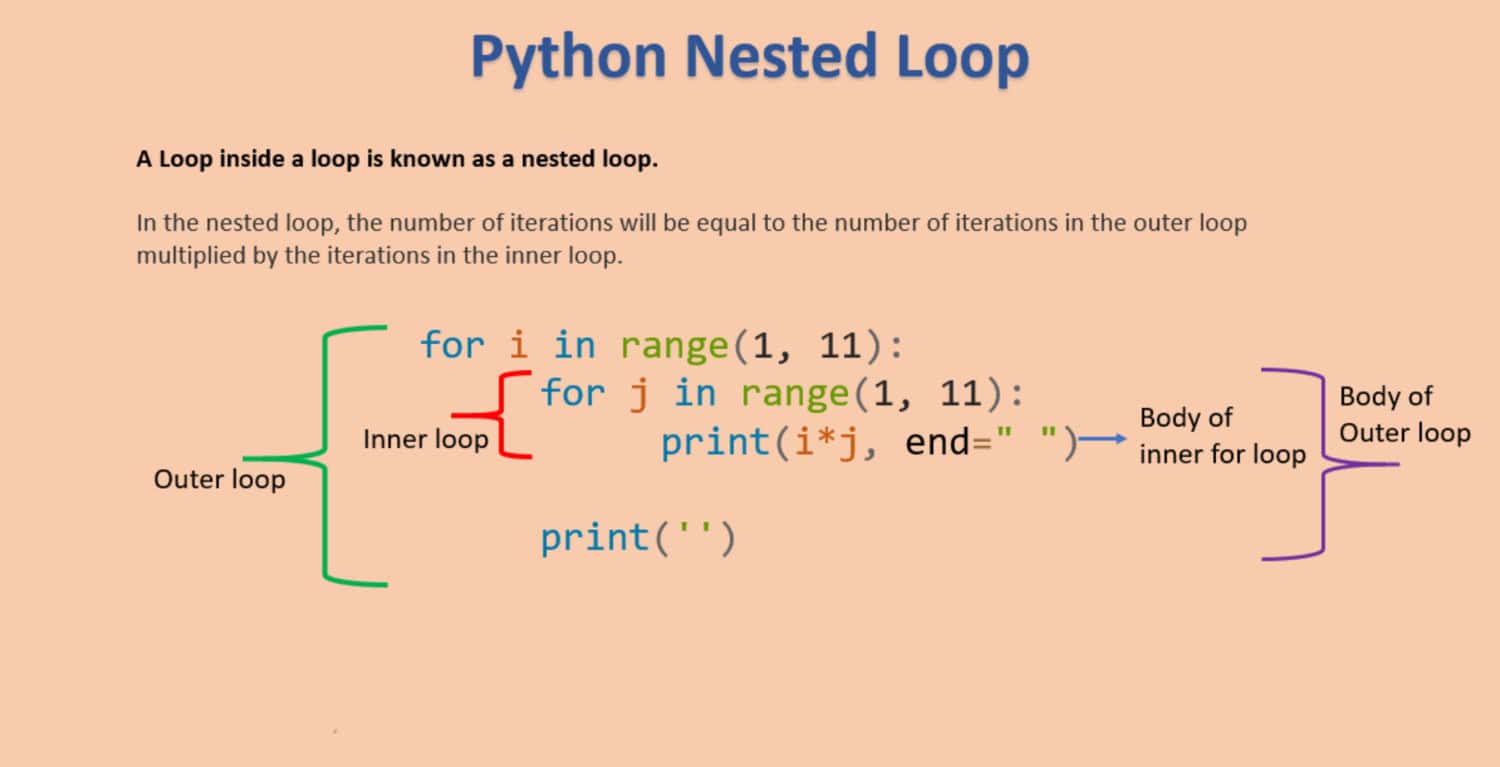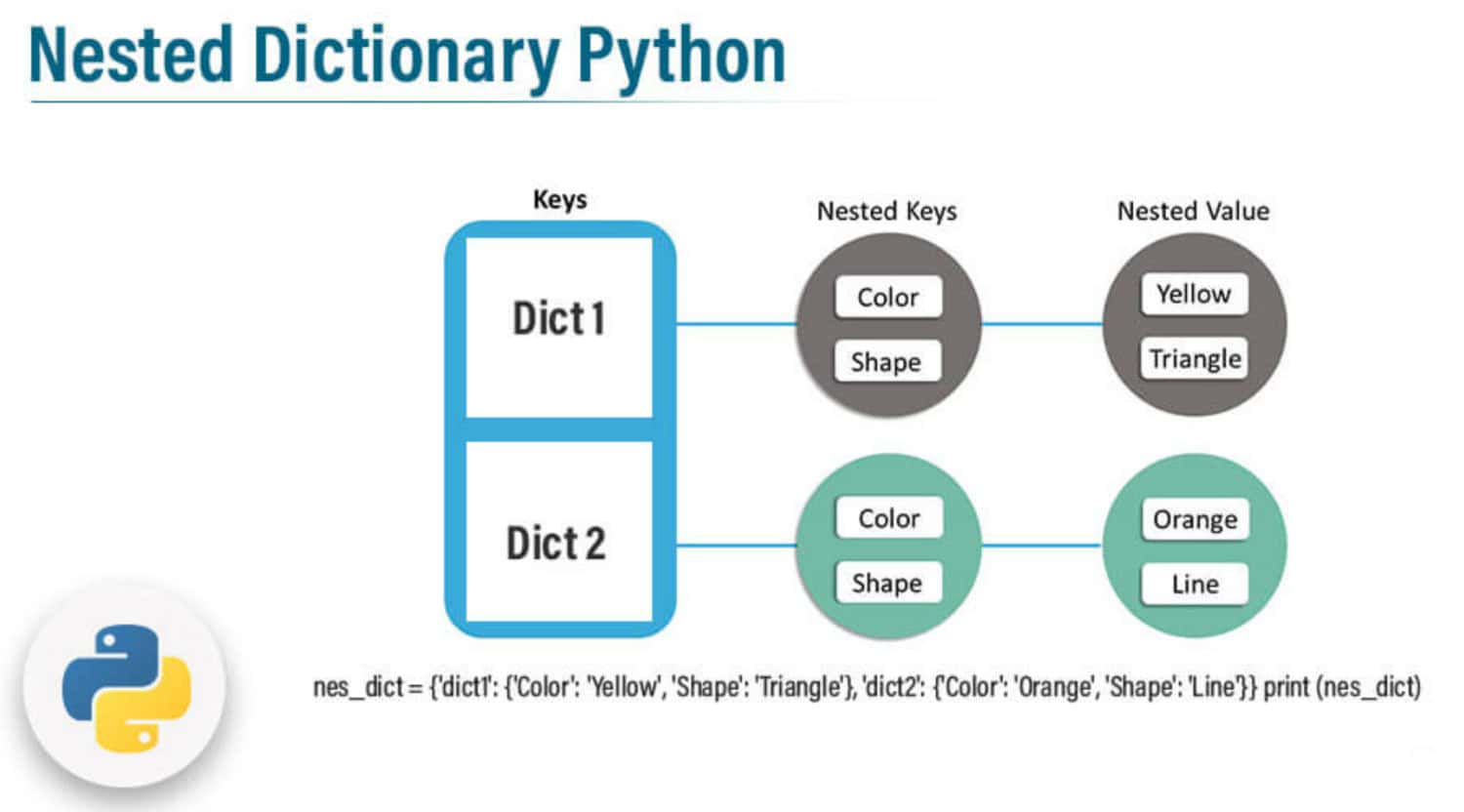Iterating through nested dictionaries is a common task when working with complex data structures in Python. Are you ready to conquer the art of navigating nested dictionaries in Python? Whether you’re new to programming or an experienced coder, seamlessly iterating through complex data structures is a valuable skill.
Nested dictionaries, integral to Python’s data structures, provide structured hierarchies. As you explore programming, you’ll encounter them in tasks like handling API responses and config files. This article delves deep, guiding you to navigate and manipulate nested dictionaries seamlessly.
Don’t settle for basic Python knowledge—there’s a world of possibilities waiting within nested dictionaries. Mastering these techniques transform your ability to work with complex data, making your coding journey smoother and more rewarding. Stick around to learn how to extract, modify, and analyze data like a pro, no matter the level of complexity.
Check this out: How To Stop Iteration Error Python | Python StopIteration Exception
Table of Contents
What is Dictionary Python?
In Python, an inherent data structure, a dictionary efficiently organizes data into key-value pairs. It’s recognized as an associative array or hash map in different programming languages, serving similar purposes.
Each key within a dictionary is distinct and corresponds to a singular value, ensuring uniqueness and specificity. This means you can quickly retrieve a key’s corresponding value, making dictionaries highly efficient for lookups and retrieval operations.

A Dictionary is enclosed within curly braces {} and consists of several key-value pairs distinguished by colons. The general syntax of a dictionary in Python is as follows:
my_dict = {
"key1": "value1",
"key2": "value2",
"key3": "value3"
}
Here, “key1”, “key2”, and “key3” are the keys, and “value1”, “value2”, and “value3” are the corresponding values.
Dictionaries are mutable, allowing dynamic addition, modification, or removal of key-value pairs post-creation.
They are versatile data structures that find applications in various programming tasks, such as storing configuration settings, processing JSON data, and creating data-driven applications.
Read also: How To Create A Nested List On Python: Complete Guide
Methods to Iterate Through Nested Dictionary Python:
Using Nested Loops
One of the fundamental approaches to looping through nested dictionaries in Python is employing nested loops. This technique involves to iterate through nested dictionary Python through each level one by one.

You start by iterating through the outer dictionary and then to the inner dictionaries. Here’s a code snippet illustrating this method:
nested_dict = {'a': {'x': 1, 'y': 2}, 'b': {'x': 3, 'y': 4}}
for outer_key, inner_dict in nested_dict.items():
print(f"Outer Key: {outer_key}")
for inner_key, value in inner_dict.items():
print(f"Inner Key: {inner_key}, Value: {value}")
Using Recursion
Another elegant approach is to use recursion, especially when the depth of nesting is unknown or potentially profound. Recursion is a programming method where a function calls itself to solve a problem.

In the context of iterating through nested dictionaries in Python, a recursive function can navigate through each dictionary level until it reaches the innermost values. Here’s a recursive function to achieve this:
def iterate_nested(dictionary):
for key, value in dictionary.items():
if isinstance(value, dict):
iterate_nested(value) # Recurse into inner dictionary
else:
print(f"Key: {key}, Value: {value}")
nested_dict = {'a': {'x': 1, 'y': 2}, 'b': {'x': 3, 'y': 4}}
iterate_nested(nested_dict)
Using collections.abc.Mapping Check
Python’s collections.abc.Mapping is an abstract base class that defines the primary interface for mappings (like dictionaries). This class can check whether a value is a nested dictionary.
Read also: What Is Python Extend Class: Things To Know
This method is beneficial when you only want to perform certain operations on the inner dictionaries. Here’s how you can utilize this approach:
from collections.abc import Mapping
def iterate_nested(dictionary):
for key, value in dictionary.items():
if isinstance(value, Mapping):
iterate_nested(value) # Recurse into inner dictionary
else:
print(f"Key: {key}, Value: {value}")
nested_dict = {'a': {'x': 1, 'y': 2}, 'b': {'x': 3, 'y': 4}}
iterate_nested(nested_dict)
See also, What Is An Innovation And Planning IP Iteration Anti-Pattern?
FAQs
Why do I need to iterate through nested dictionaries in Python?
Nested dictionaries are commonly used to represent structured data. Iterating through them allows you to access and manipulate the innermost values, facilitating tasks like data extraction, transformation, and analysis.
Which method should I choose for iterating through deeply nested dictionaries?
The choice of method depends on the complexity of your nested dictionaries. For shallow nesting, nested loops are straightforward. For deeper nesting, recursion is efficient while using collections.abc.Mapping is beneficial if you want to iterate through inner dictionaries selectively.
Can I modify values while iterating through nested dictionaries?
Yes, you can modify values during iteration. Just keep track of the dictionary keys you are currently working with. However, be cautious while changing the structure of the dictionary, as it might lead to unexpected behavior.
What's the performance impact of using recursion for nested dictionary iteration?
Recursion can be less efficient than other methods due to function call overhead. In deeply nested dictionaries, it might result in many function calls. Consider the depth and size of your data before choosing this method.
Are there any libraries that simplify iterating through nested dictionaries?
While there isn't a specific library solely for iterating through nested dictionaries, Python libraries like pandas and json provide functions that can help handle and manipulate nested data structures efficiently.
Conclusion
Mastering the art to iterate through nested dictionary Python is essential for dealing with complex data structures.
Whether you’re working with configuration files, JSON responses, or any other nested data, the techniques discussed in this article will empower you to navigate through the layers of dictionaries, extract valuable information, and confidently perform necessary operations.
By choosing the correct method based on the depth and complexity of your data, you’ll be well-equipped to tackle a vast range of programming challenges.
See also: Convert Python Dictionary To JSON: Efficient Coding Techniques

